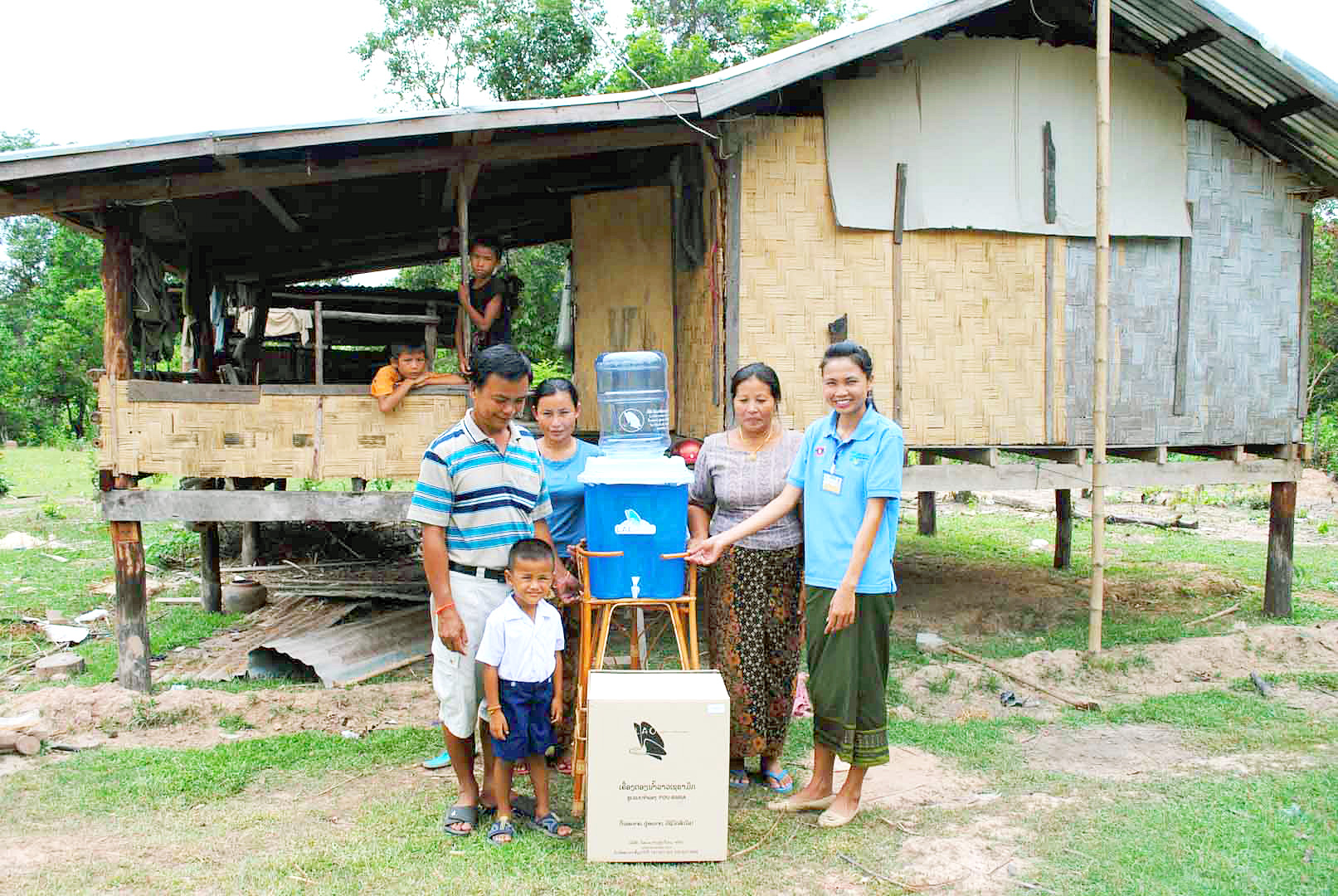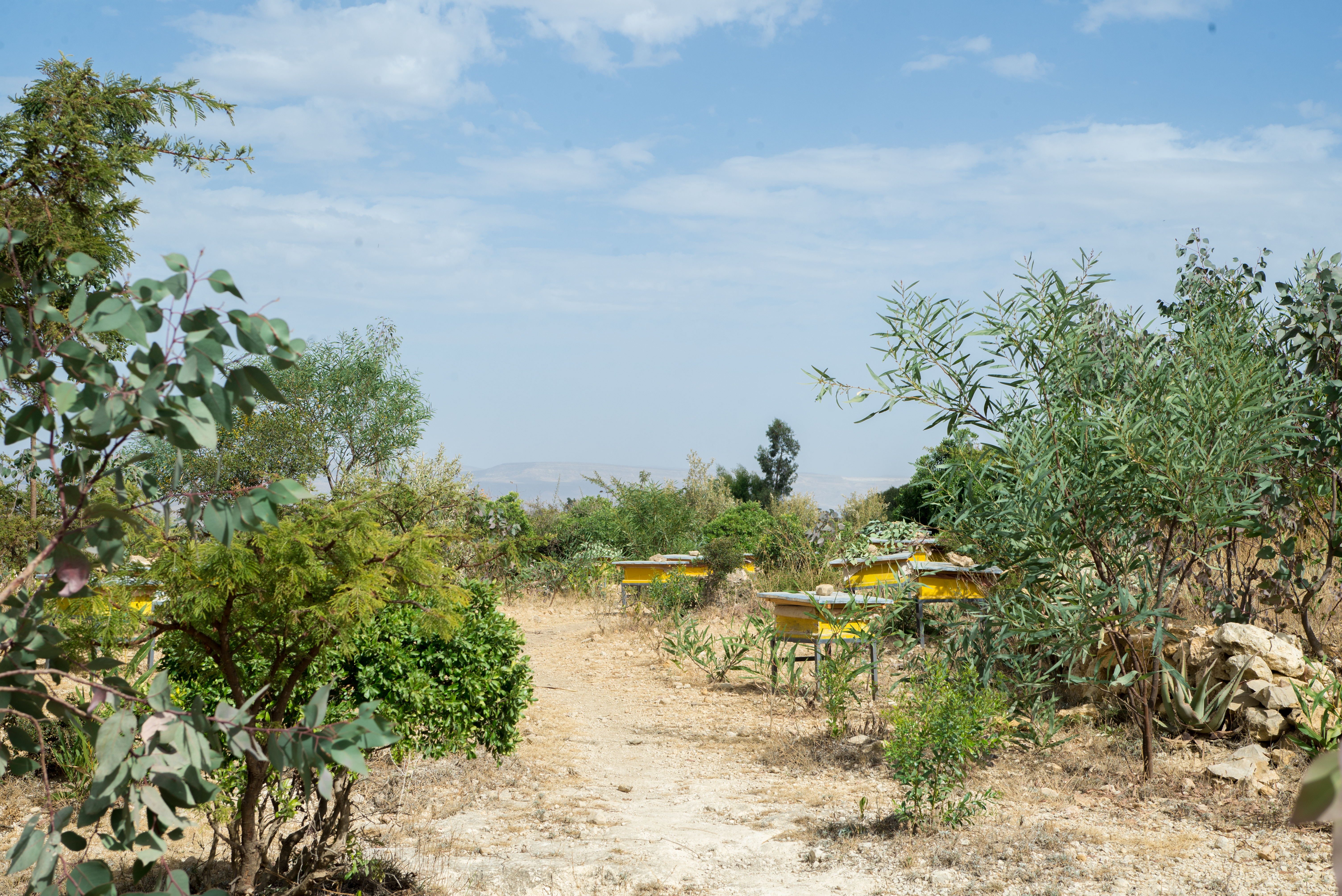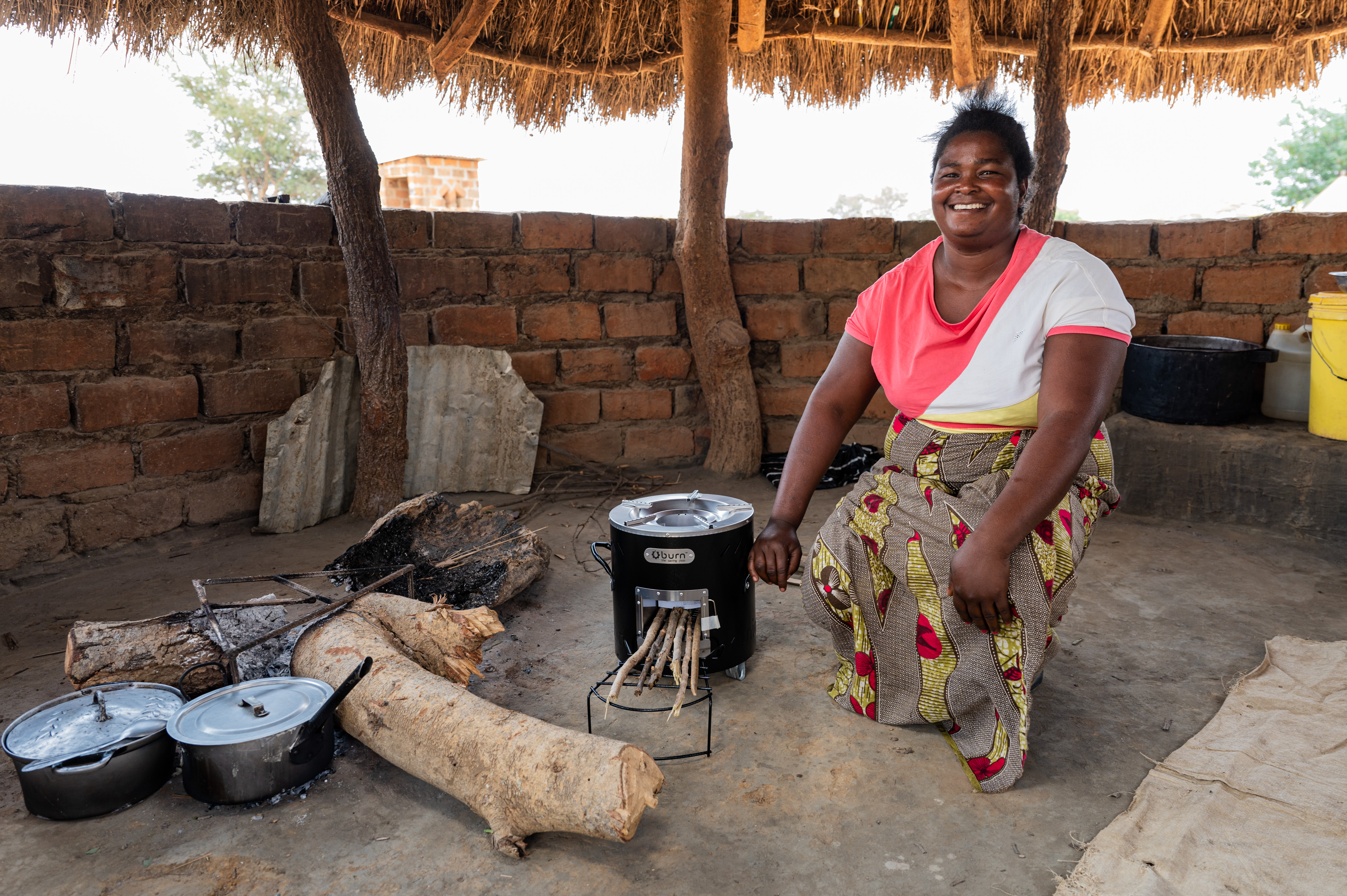How the desert sun is driving India's energy transition
With only 31 rainy days a year and an average of ten hours of sunshine a day, the Jodhpur region in Rajasthan has a desert-like climate. Here in northern India, this project generates 832,550 MWh electricity each year from solar energy. At the same time, it makes a valuable contribution to climate action, saving around 779,930 tonnes of CO2 per year as the amount of electricity would otherwise have been generated using thermal/fossil fuel based power plants.
The solar project thus contributes to increasing the share of renewable energy in India's electricity mix and improves the national energy supply. It also leads to the development of infrastructure in the region, such as the expansion and improvement of roads. The project creates permanent regional jobs with an above-average income in the region.





Although the development of renewable energy sources is increasing, energy from fossil fuels is still a significant part of energy production worldwide. This is associated with the release of large amounts of carbon emissions. The use of solar energy is a good way to provide people around the world with renewable energy and reduce greenhouse gas emissions. Solar installations, implemented through solar projects, convert sunlight into electricity (photovoltaic) or heat (solar thermal). Even when the sky is cloudy, the solar thermal power plants generate heat and convert it into electricity. Photovoltaic projects use the photoelectric effect to convert sunlight into electricity.
The energy produced is typically fed into the national or regional power grid, reducing the share of fossil fuels in the electricity mix. In addition to reducing carbon emissions, solar projects also prevent the release of various pollutants associated with conventional power generation. Solar energy projects in the ClimatePartner portfolio are registered with international standards.
Explore our projects
Biochar for Climate Action, Healthy Soils, and Better Harvests

A certified climate project combined with additional commitment

Expansion of renewable energy generation in Asia

Ceramic water filters save CO2 and improve health

Improved cookstoves worldwide – for better health and cleaner air

A certified climate project combined with additional commitment

Powering access to renewable energy in Africa

A certified climate project combined with additional commitment

Restored ecosystems remove carbon

Turning degraded farmlands into healthy ecosystems

Improved cookstoves - better for health and the environment